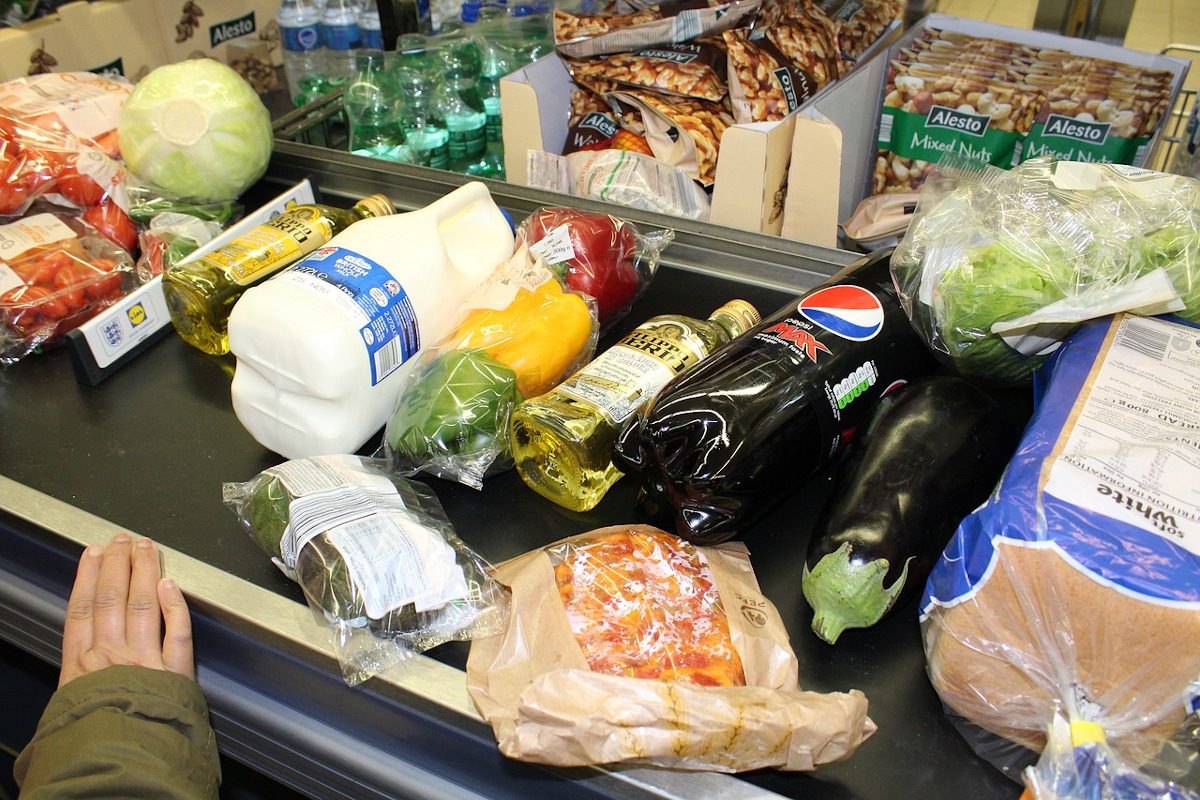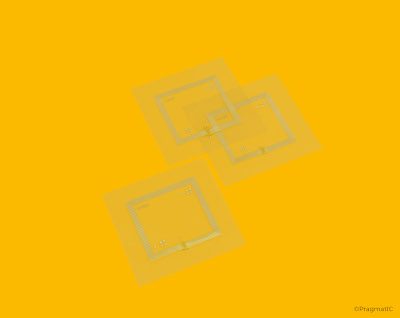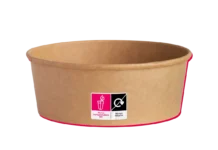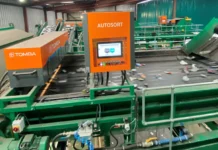
Gillian Ewers, VP Marketing with technology firm PragmatIC, offers insight into an approach that uses low-cost integrated circuits to bring the benefits of near-field communications (NFC) and RFID to the recycling arena
Waste and sustainability, although a hot topic of discussion and concern, has moved even further up the political, economic and public agenda recently. In the past 12 months, there has been a sharp rise in the number of committees, interest groups, governments, news outlets, and others, devoted to the issue of reducing waste and increasing recycling. Whilst all of these conversations are vital in promoting proactivity around sustainability, it has led to some green-washing – implementation of changes that on the surface appear to be for the better, but on the whole are not. For example, McDonald’s paper straws that are not recyclable , and biodegradable cups that require segregated collection and specific environments to be composted . There are also companies that focus their outbound environmental marketing on products that have a high recycled value, like PET and glass bottles, whilst ignoring the inconvenient multilayer packages that are significantly more difficult to handle. In short, they shout loudly about a few responsible actions they are taking, whilst conveniently glossing over negative issues.
There are many instances of excessive packaging and unsustainable materials used in wholesale and supply chains across the FMCG (fast-moving consumer goods) sector. But, if we focus solely on packaging waste, we ignore the fact that it’s only part of the story. The food covered by the packaging is another huge source of waste: one third of all food produced is in one way or another discarded, enough to feed all of the world’s hungry four times over . A 2015 study by the UK waste and recycling advisory body Wrap estimated that of the 7.3 million tonnes of household food thrown away, 4.4m tonnes was actually edible. This “avoidable” waste also generates 19 million tonnes of greenhouse gases over its lifetime, equivalent to almost a quarter of the CO2 generated by UK cars per year. A second major cause of the problem is losses in the distribution and retail chain. For example, the Food and Agriculture Organisation estimates that approximately 4% of meat and 9% of fish are lost for reasons including being damaged during transportation or thrown away by the retailer when unsold and out of date.
Studies into why we do not recycle more offer some interesting insights, suggesting it’s partly down to the availability of the infrastructure in place to enable us to participate, be it at home or out and about, and partly due to a lack of the infrastructure’s ability to successfully sort and handle incoming waste , especially after China stopped importing nearly half the world’s recyclable waste . Finally, part of it is because we are all confused about what can and cannot be recycled as it varies so much from place to place and from time to time .
Finding the solution through innovative technology
One area which has great potential to help reduce waste and increase recycling is RFID (radio-frequency identification) technology. A low-cost inlay (tag) with a unique ID embedded into packaging can be used to enable consumers to access information about product usage, food storage, cooking instructions and local recycling. It could also be used to incentivise the consumer, for example, a smart recycling bin could count the number of items that are placed into it, giving the consumer credits for how much is collected. Promoting and rewarding positive behaviour will likely be far more effective than the negative “Pay to Throw” schemes which propose to charge for the amount of unsegregated waste. Furthermore, deposit return schemes could be implemented curb-side that could pre-sort the items based on their unique identifier, reducing the risk of cross contamination of plastics. There is also the possibility that RFID inlays could be embedded onto black plastic food trays, commonly used for ready meals, which cannot be separated using the near infra read (NIR) sorting technique employed in municipal waste recycling centres today. If it could be used to identify this valuable source of plastic, a million tonnes of plastic could be saved from landfill per year in the UK alone.
For supply and retail chains, early studies carried out by Avery Dennison have shown up to a 20% reduction in food waste by a UK retailer using RFID , by ensuring that short sell by dates can be easily and quickly identified and the products brought forward and sold well within those dates. If this improvement could be achieved across meat, fish and dairy in just Europe and North America, it could save 60,000 tonnes of plastic packaging and 3 million tonnes of food per year

Before we continue we need to address the question of whether RFID/NFC makes packaging more difficult to recycle. The technology is added to packages via inlays that are usually placed under the label or attached to the box/bottle. Advances in adhesive technologies by the big label manufacturers, for example, from Avery Dennison and UPM Raflatac , have resulted in labels (and inlays) that cleanly float off during the recycling process so they can be separated from the valuable plastic bottles. If the glass is going through a crushing process, then the labels and inlays are burnt off when the glass cullet is melted. For cardboard packages Smurfit Stone demonstrated that the inlays and labels could also be easily separated in the pulping process . The small amount of remaining substrate aluminium can be used in a similar way to the polyal waste from aseptic packaging .
Winning the war on waste
In summary, RFID technology offers a great opportunity to help reduce waste and increase recycling. As well as delivering clear, localised information about the recyclability of the packaging, it can be used to incentivise the consumers to recycle more and reduce food waste both in the retail chain and at home. PragmatIC’s flexible integrated circuits (FlexICs), which are the key to achieving the low cost RFID inlays required to add intelligence to everyday products, are poised to play a significant part in winning the war on waste.







